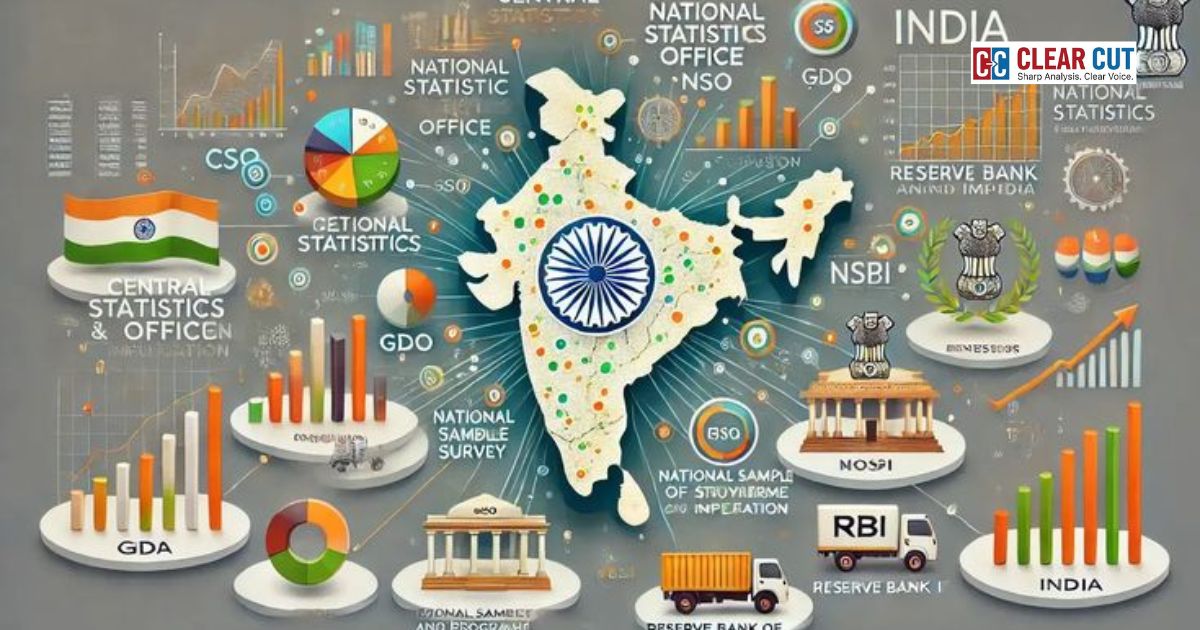Photo Credit: Paresh Kumar
Clear Cut Research, Monitoring, Evaluation & Learning Desk
New Delhi, UPDATED: Sep 06, 2025 08:26 IST
Written By: Paresh Kumar
The United Nations Development Programme (UNDP) has released its revised Evaluation Policy, effective 2025. It strengthens accountability and transparency in global development. For India, this policy holds deep relevance.
Looking Back, Moving Ahead
The previous policy, adopted in 2016, was largely inward-looking. It focused on strengthening the Independent Evaluation Office (IEO) and ensuring evaluations met global UNEG standards. It set the ground rules but was limited in ambition. Evaluations were often seen as compliance exercises, producing reports that ended up on shelves.
The new policy goes further. It combines independent evaluations with decentralized assessments, ensuring both impartial oversight and flexibility at the project level. It explicitly emphasizes national evaluation capacity building, gender equality, and transparency. Evaluations are no longer just about accountability. They are also about learning and systemic change.
This shift matters. It shows a move from evaluation as a watchdog function to evaluation as a driver of learning and transformation.
India’s Development Lens
India is one of UNDP’s largest programme countries. With its vast geography, social diversity, and developmental gaps, evaluation has always been a challenge.
Independent assessments matter here. From rural electrification to urban housing, UNDP has supported programs across India. But the question has always been, what worked, what failed, and why?
The revised policy’s dual approach of independent plus decentralized evaluation fits this reality. Large national programs need impartial scrutiny. But state-specific projects need flexibility.
As an Indian researcher, I see this as a chance to strengthen evaluation culture at home. Because accountability in development is not just global. It’s deeply local.
Building National Capacity in India
The policy’s focus on national evaluation capacity is particularly important. India has strong statistical traditions, but evaluation practice is uneven. Many states lack robust monitoring systems.
If UNDP partners with Indian institutions like universities, research firms, NGOs, it can seed a generation of local evaluators. This will not only serve UNDP projects but also India’s own welfare programs.
It resonates with the Government of India’s push for “evidence-based policymaking.” NITI Aayog, for instance, has repeatedly stressed this in recent years. The UNDP policy can give that agenda a boost.
Gender and Inclusion
India’s development story cannot be understood without looking at gender. From female literacy gaps to women’s unpaid labour, evaluation must dig deeper than numbers.
The revised policy’s gender-responsive evaluation mandate ensures that programs are not judged by averages but by inclusivity. For India, this is critical. Because development that leaves women behind is no development at all.

Challenges Ahead
The reality is not easy. Resource gaps are sharp. Evaluation is often the last line item in program budgets. States struggle to build skilled teams.
But this policy, if implemented well, can give evaluation a stronger footing in India. It can make evidence central to how we judge development progress. Whether in climate action, poverty reduction, or digital inclusion.
Why It Matters
For India, UNDP’s new evaluation policy is more than a UN document. It is an invitation. To governments, to civil society, to researchers like us. To create systems that ask tough questions.
Because development is not about spending money. It is about impact. And in a country of 1.4 billion people, impact must be measured, shared, and learned from.
As the UNDP policy reminds us: “Evaluation is not only about accountability. It is about learning. It is about change.” And that message, I believe, is exactly what India needs to hear today.
Comparing old and new policies
| Dimension | 2016 Policy (Old) | 2025 Policy (New) |
| Focus | Strengthened the Independent Evaluation Office (IEO). Centered on compliance and oversight. | Balances accountability with learning. Moves from compliance to transformation |
| Evaluation Structure | Mainly independent evaluations through IEO. | Dual structure: Independent evaluations (IEO) + Decentralized evaluations (UNDP units). |
| National Capacity | Limited reference to country-led evaluation systems. | Strong emphasis on building national evaluation capacity in partner |
| Gender and Inclusion | Gender noted but not deeply embedded in methodology. | Gender noted but not deeply embedded in methodology. |
| Ethical Standards | General UNEG norms applied. | Stronger emphasis on ethics: confidentiality, informed consent, social & environmental safeguards. |
| Knowledge Sharing | Evaluations archived but limited dissemination. | Transparency and public access via POPP portal. Knowledge sharing central to design. |
| Use of Evaluation | Transparency and public access via POPP portal. Knowledge sharing central to design. | Broader purpose: accountability + learning + systemic change. |
| Global-Local Link | Focused on global oversight, less on context. | Explicit balance of global oversight with local relevance through decentralized |




